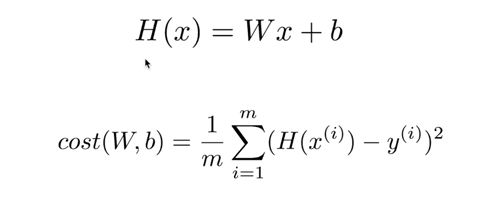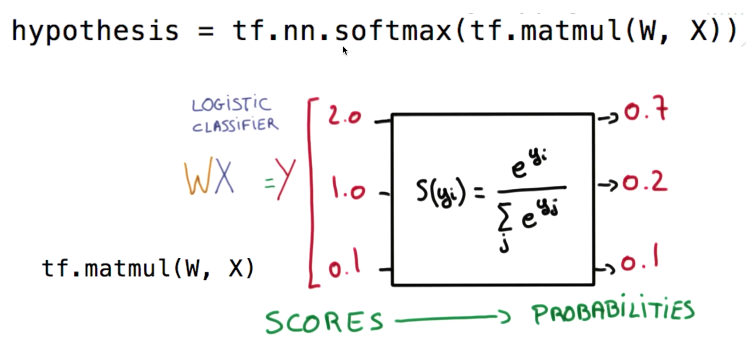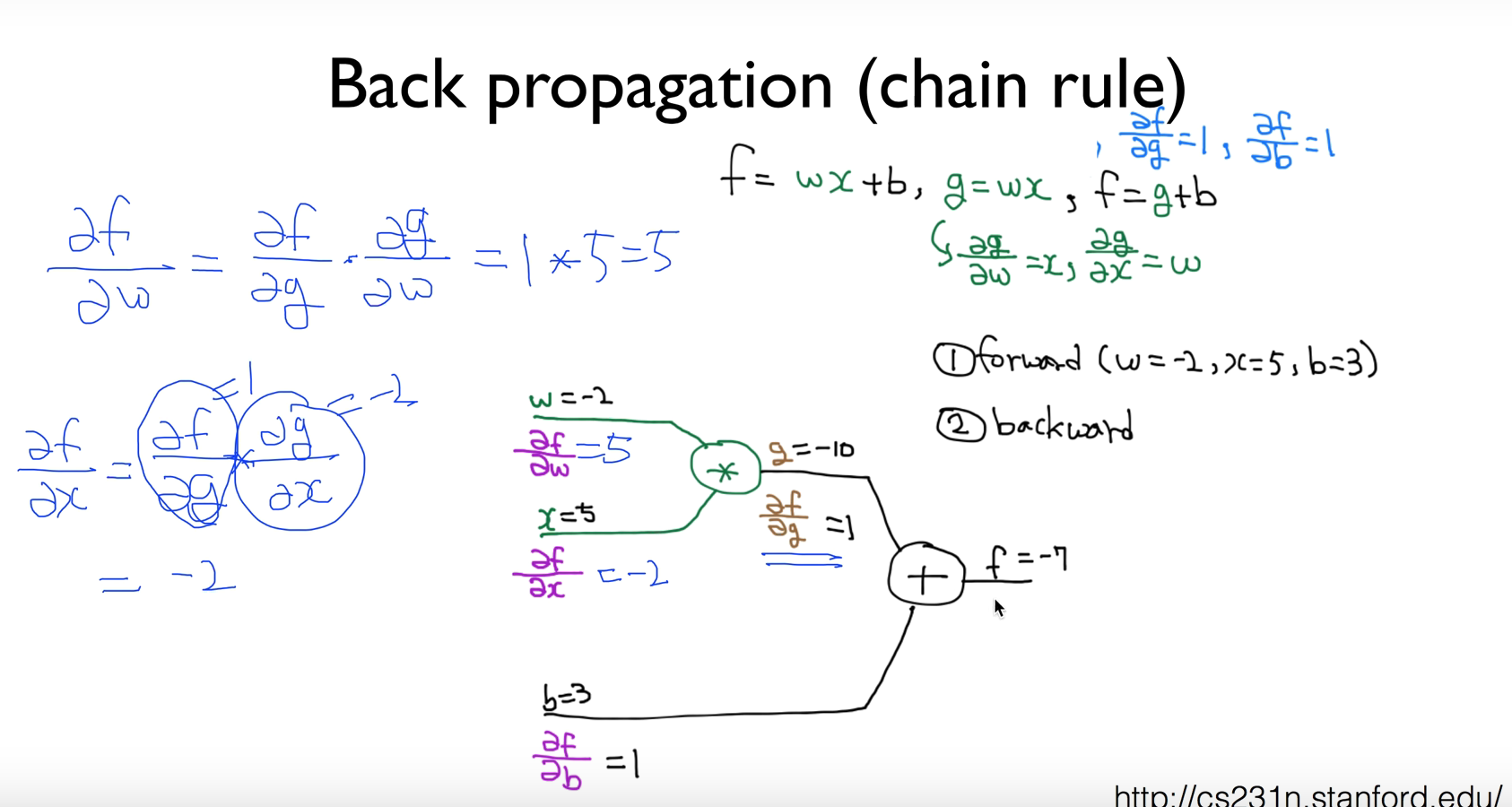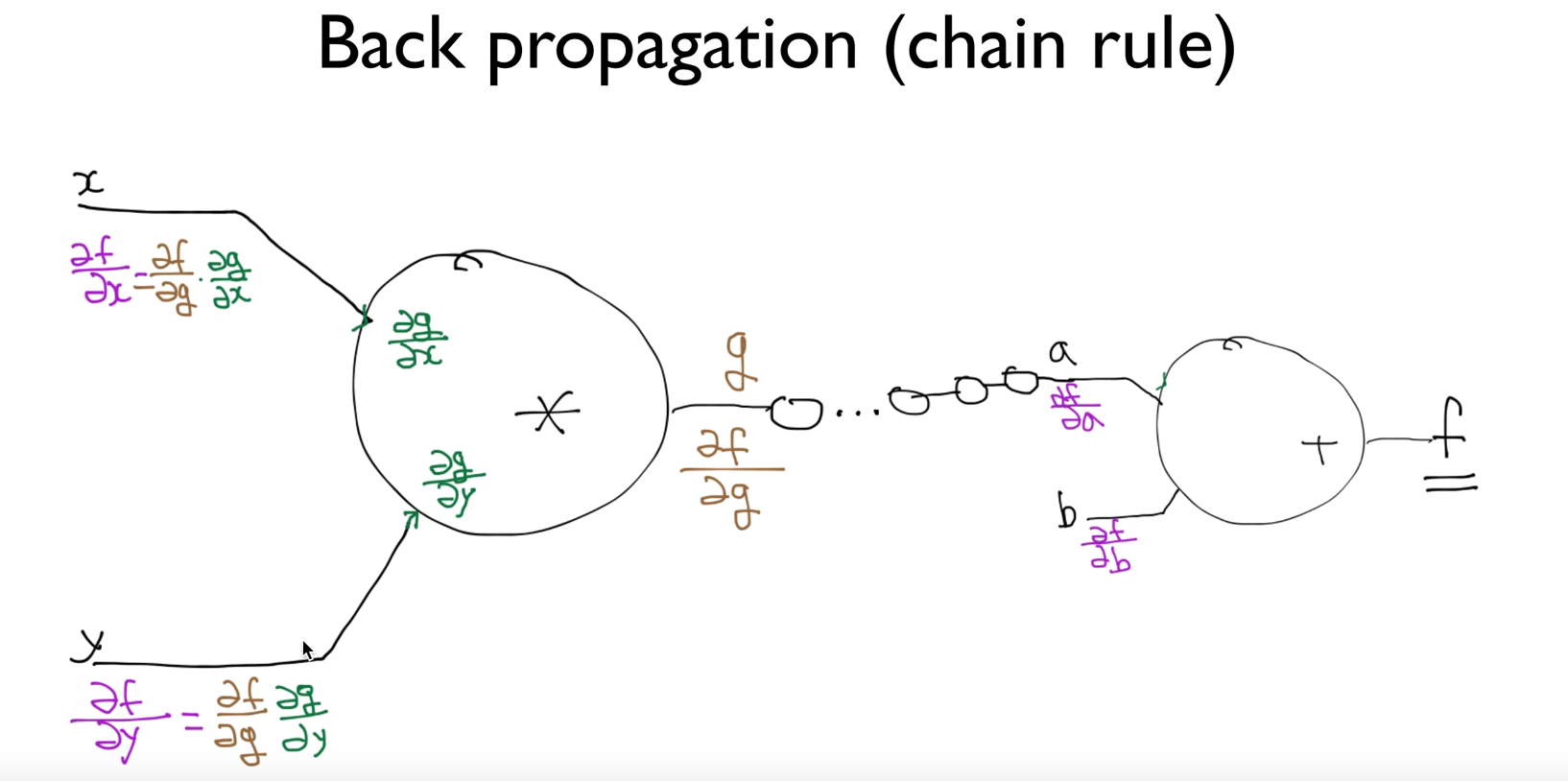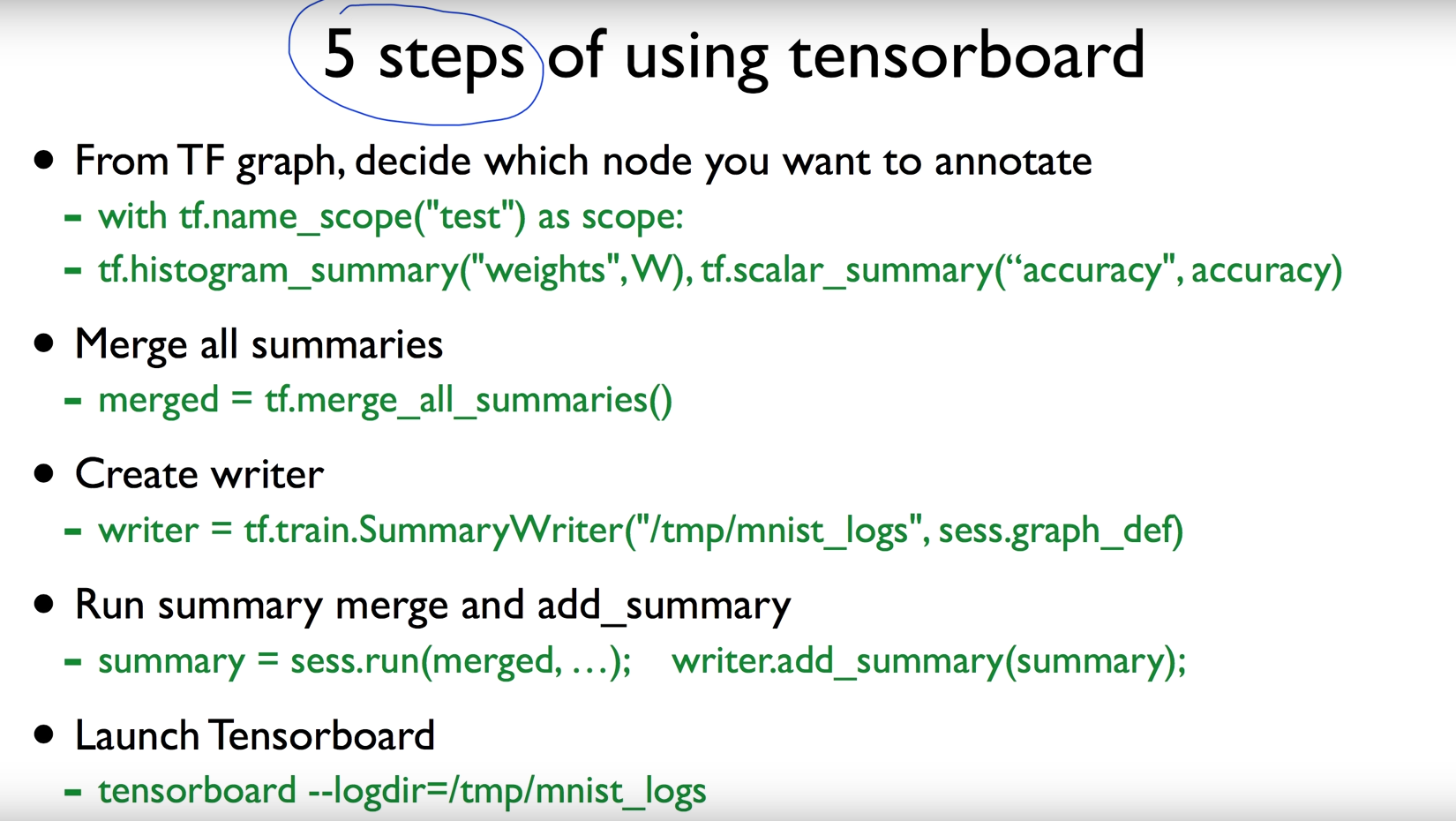-
machine learning 이란?
-
Supervised learning
ex, Image labeling, Email spam filter, Predicting exam score
type
+ Predicting final exam score based on time spent - regression
+ Pass/non-pass based on time spent - binary classification
+ Letter grade(A, B, C, E and F) based on time spent - multi-label classification -
Unsupervised learning
un-labeled data
-
- Goal: predicting
- Hypothesis and Cost(Loss) function
-
Goal: Minimize cost
minimize cost(W, b) W,b Gradient descent algorithm
-
Goal: Spam Detection(Spam ot Ham), Facebook feed(show or hide), Credit Crad Fraud Detect(legitimate/fraud), Stock...
-
Hypothesis
Gradient descent algorithm
여러개의 class가 있을때 그것을 예측. like grade
- Hypothesis
- Cost function
- Goal: Minimize cost
...
XOR
How can we learn W, and b from trading data? -> !!!
Back propagarion(chain rule)
learning_rate-> affect to cost step
Data Preprocessing -> Standardzation ex, X_std[:,0] = (X[:,0] - X[:,0].mean()) / X[:,0].std()
Online learning ->
Sigmoid -> ReLU ...
Weights -> RBM (Restricted Boltzmann Machine, encoder/decorder)
-> Xavier initialization
Overfitting -> More tranining data
-> reduce the number of features
-> Regularization(not have too big numbers in the weight) -> l2reg
-> Dropout
Ensemble
filters
Weights(depth), how many focus at once
output is one value
how many numbers can we get? (how many output with filter)
Output size:
( (N - F) / stride ) + 1
Pad
block to small image , know the edge
add zero pad the border
make same input size and output size
How many weight variables?
ex. 5*5*3*6
Pooling(sampling)
why sampling? -> make layer to smaller
max pooling
Sequence data
state
ex.
language Modeling
Speech Recognition
Machine Translation
Bot
image/video captioning
Algol:
Long Short Term Memory (LSTM)
GRU
Environment
Actor(Agent)
Action ->
<- state, reward
Q function
Q(state, action) -> quality(reward)
Policy
Max Q = maxQ(s, a)
π = argmaxQ(s, a)
How learn Q?
Q(s, a) <- r + maxQ(s`, a`)
Exploit VS Exploration
E-greedy
decaying E-greedy
add random noise
Discounted reward
Q(s, a) <- r + γmaxQ(s`, a`)
Non-deterministic(Stochastic)
learning rate
α = 0.1
Q(s, a) <- (1-α)Q(s, a) + α [r + γmaxQ(s`, a`) ]
Q(s, a) <- Q(s, a) + α [r + γmaxQ(s`, a`) - Q(s, a)]
Q-Table?
too big in real world
Q-function network
input: state
output: all action
Q-Network problems
1. correlations sample
2. non-stationary targets
Solve
1. Go deep
2. experience reply -> store result to buffer and then batch randomly
3. Separate target network
